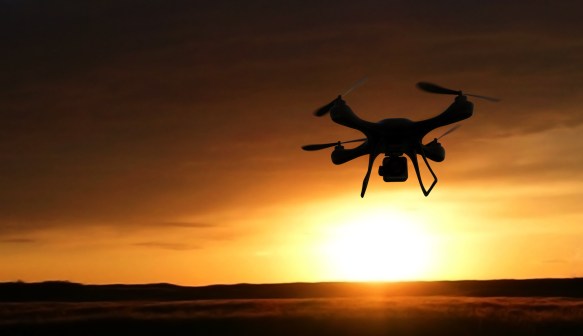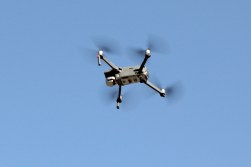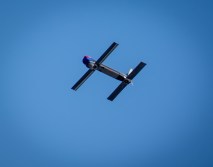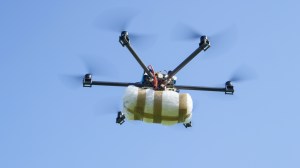DHS’s ability to counter drones is ‘limited’ because the office in charge didn’t request funding
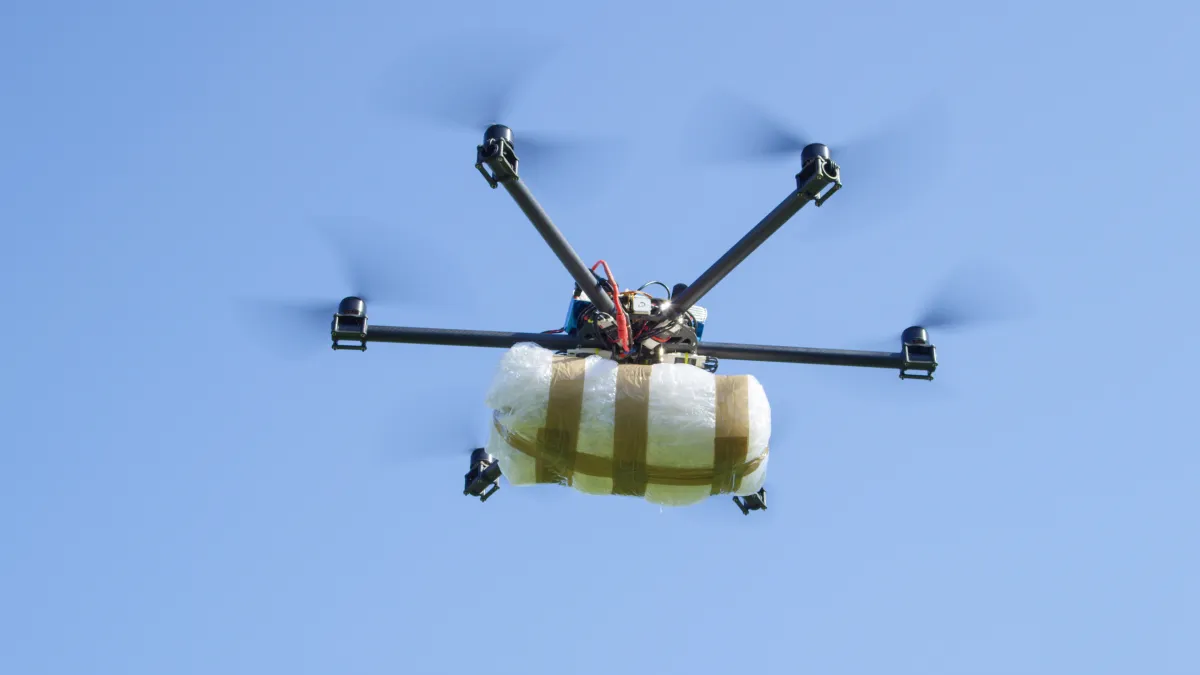
The Department of Homeland Security’s ability to counter illicit drones remains “limited” because the office tasked with addressing the emerging threat failed to request funding for the necessary subject matter experts (SMEs), according to a new report.
Made law in October 2018, the Preventing Emerging Threats Act gave DHS the ability to detect, identify, monitor, track and mitigate “credible” drone threats using “reasonable force” without prior consent. A month later former Secretary of Homeland Security Kirstjen Nielsen put the Office of Strategy, Policy, and Plans in charge of expanding the department’s counter-unmanned aircraft systems (C-UAS) capability.
But the DHS Office of Inspector General found the Office of Policy’s lack of SMEs lead to a reliance on detailees without drone expertise. Those officials created an “unrealistic” work plan and crafted “incomplete” guidance for authorized agencies, the OIG said.
“The Secretary’s memo directed the Office of Policy to work with the Office of the Chief Financial Officer (OCFO) to prepare a request for reprogramming of prior year funds,” reads the DHS OIG report released Thursday. “However, according to Office of Policy officials, they did not believe the OCFO would approve a reprogramming request for C-UAS implementation efforts because of numerous competing budgetary priorities.”
No request was submitted, and the eventual lack of central expertise had different effects within DHS’s various component agencies. The Secret Service continued its current C-UAS operations while the Coast Guard failed to expand them beyond its Pentagon maritime escort mission. Customs and Border Protection didn’t develop a C-UAS capability as planned, and the Federal Protective Service wasn’t even pursuing one at the time of OIG’s audit.
The Federal Aviation Administration estimates recreational drones will jump from 1.2 million unites in 2018 to 1.4 million by 2023 and commercial drones from 277,286 units to 835,211 in that same time. Drones are now illegally weaponized and used to smuggle payloads, surveil, steal intellectual property and harass people and organizations.
DHS’s C-UAS work plan set target dates the department proceeded to miss. It issued guidance for agencies five months late. Guidance on allocating fiscal 2019 funding, incident reporting and prioritizing covered facilities remains incomplete, with three officials telling OIG the work plan was outdated and irrelevant.
OIG ultimately found that DHS runs the risk that agencies authorized to use C-UAS will implement patchwork policies with some resulting systems better than others.
OIG recommended the undersecretary at the Office of Policy identify budget requirements for OCFO, conduct an objective workforce analysis of the C-UAS Project Management Office, establish a timeline of achievable goals department-wide, and complete specific policy documents.
DHS agreed with the four recommendations, closing and resolving the first. The other three OIG determined were resolved, but will remain open until DHS can provide evidence it implemented the solutions it proposed within 30 days of completion.
“Until DHS funds the C-UAS initiative, and authorized components expand their capability to counter illicit UAS activity, the homeland will remain vulnerable to increased security risks and emerging threats for the foreseeable future,” reads the OIG report. “Further, without proper coordination across components and a uniform approach to expansion, C-UAS capabilities could be significantly delayed or altogether ineffective.”
